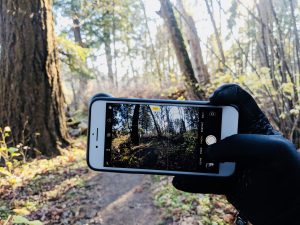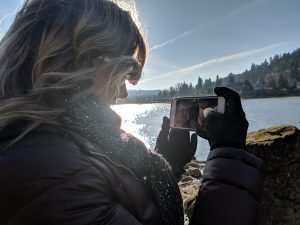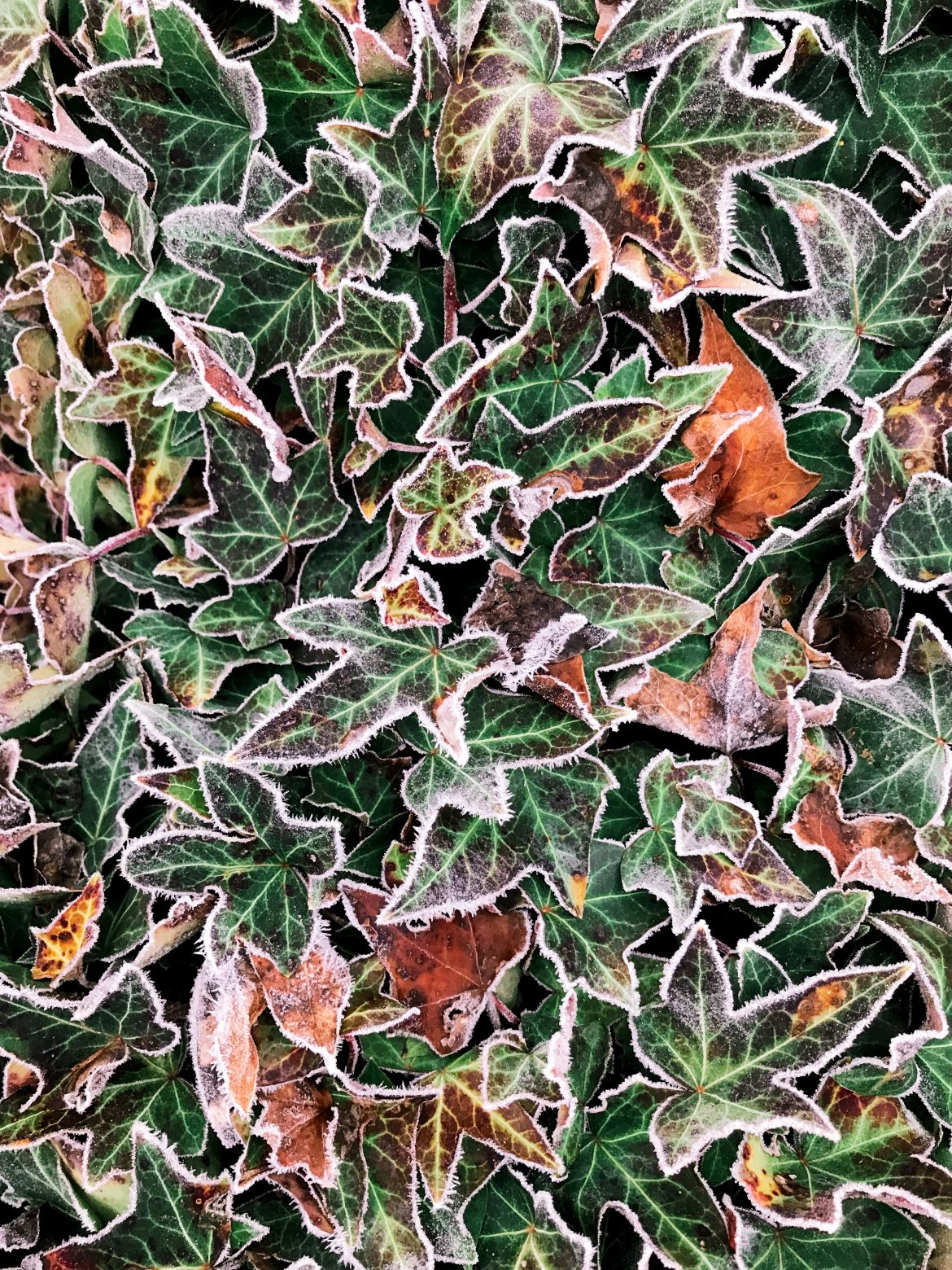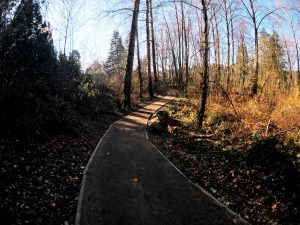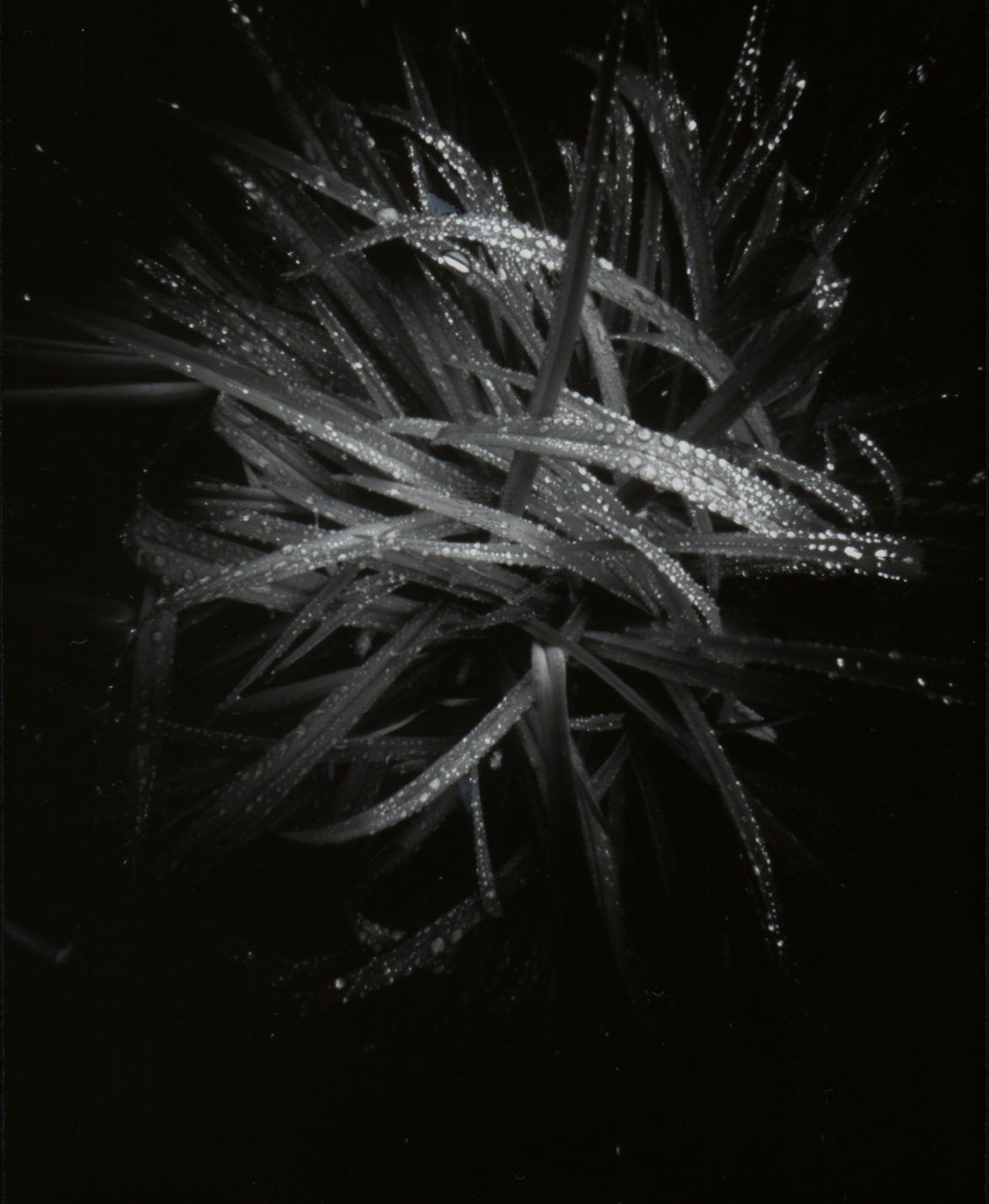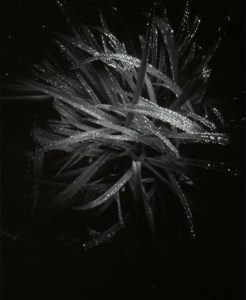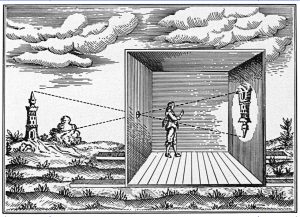We LOVE to travel. However, in the winter months we tend to baton the hatches and huddle up at home. In the Pacific Northwest it is either raining, frosty, foggy, freezing or a combination of these. This less than inviting weather combined with the instinctual need to hibernate can make it challenging to both create and get outside. Despite this you can photograph in the dead of winter.
Thankfully, my partner and I made a pact to have at least one adventure a week.This means we get out and hike most often. Although biking, snowshoeing, skiing and the occasional spelunking have also been fun in the winter.
1. Bundle Up First
Prepare yourself for the weather. In the PNW we are used to the rain, but I still freeze in winter so start layering. We love merino wool, buffs, and a good down puffer.
DO NOT FORGET THE GLOVES. You will be shooting on your camera, so you will also want the kind that are “tech touch” sensitive like the ones pictured. This way you do not have to ever take off your glove to get a shot.
